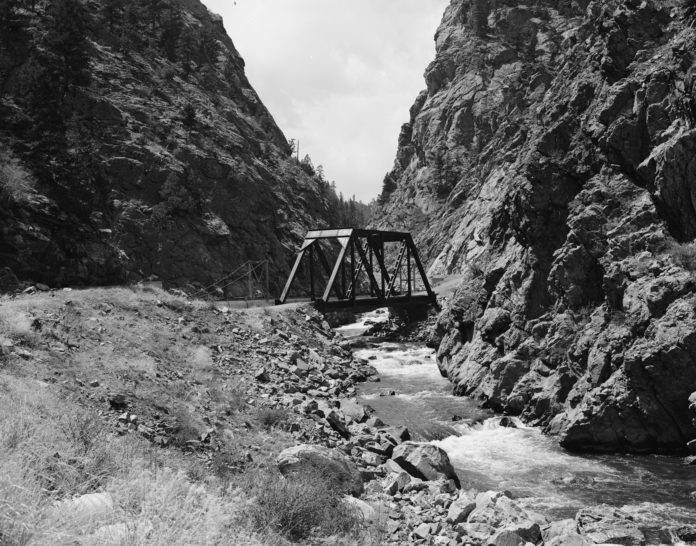
This year, the South Platte River Compact will be 100 years old. But what’s actually in the compact and why has Nebraska recently moved to invoke it?
Water is a hot topic at state general assemblies nationwide, but it’s of particular concern on the arid west coast of the U.S. Many states rely on agreements with each other to divert or store water while some have additional safeguards in place to ensure one state isn’t allowed too much water at the expense of another.
The South Platte River Compact is a 1923 agreement between Colorado and Nebraska and establishes each state’s rights to use water in Lodgepole Creek and the South Platte River, according to the Colorado Water Conservation Board. Lodgepole Creek is a tributary of the South Platte River that flows through Nebraska and enters the South Platte River in Colorado.
The CWCB noted its director is also a voting member of the Arkansas River Compact Administration, and CWCB staff provide engineering and legal advice to the administration. CWCB also notes its staff members are designated representatives to the engineering and legal committees of the Upper Colorado River Commission.
The South Platte River Compact apportions out how much water from the South Platte both states can use between October and April each year. Among other provisions, the compact stipulates Colorado and Nebraska, at their joint expense, must maintain a stream gaging station on the South Platte River at the river bridge near Julesburg, Colorado, to record the amount of water flowing from Colorado into Nebraska between October and April.
Last year, former Nebraska Gov. Pete Ricketts announced a $500 million plan to divert water out of Colorado, invoking the compact. According to coverage by the Associated Press, the plan would “seize access to Colorado land along the South Platte River and build canals” and came about “amid concerns that Colorado’s plans for the river could reduce water flows into [Ricketts’] state by as much as 90%, taking a potentially huge toll on Nebraska’s agricultural and power industries and likely affecting water supplies in the state’s two largest cities, Omaha and Lincoln.”
According to the compact, Nebraska can seize land and build canals along the South Platte and is entitled to 120 cubic feet per second from the river between April and October and 500 cubic feet per second during the rest of the year.
Colorado’s rapidly increasing population in the area necessitated hundreds of new projects along the river, according to AP. Nebraska lawmakers, meanwhile, announced plans last year to tackle roughly $200 million in water projects statewide with the hope of also boosting the local economy. Colorado officials have said they plan to respect Nebraska’s rights under the compact while trying to ensure Colorado has enough water.

